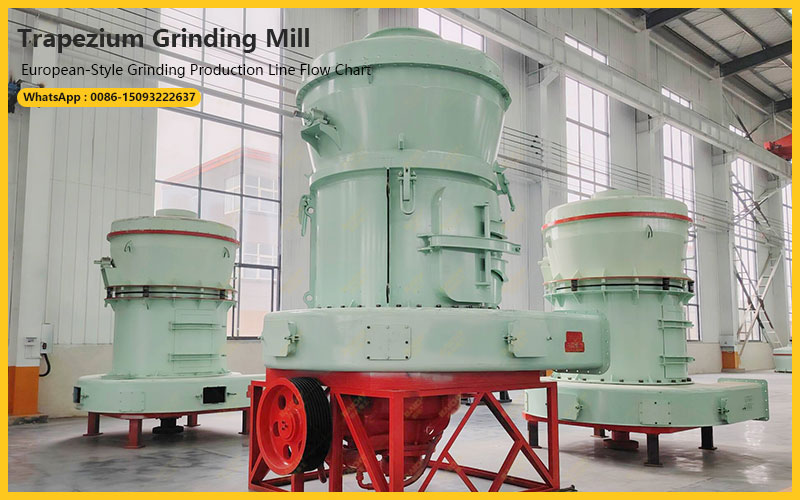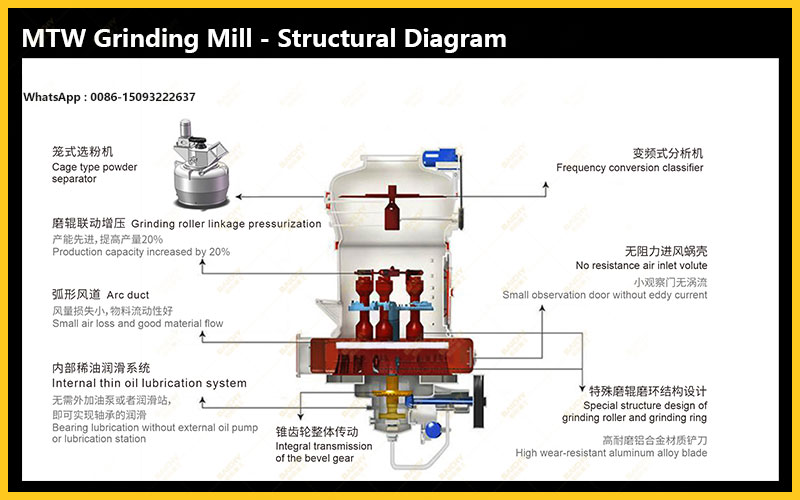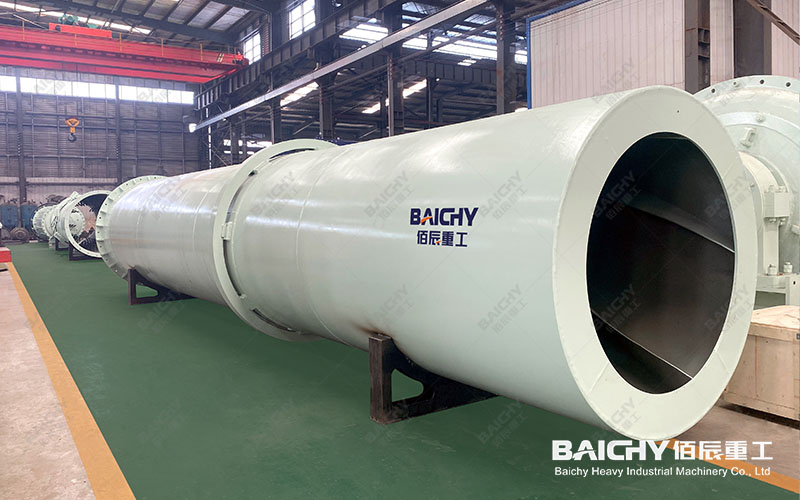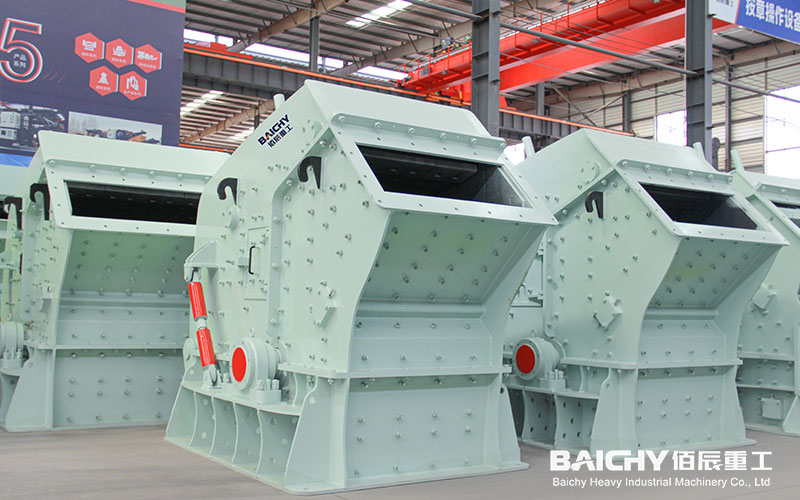
European-style grinding mills (European-style mills), as star equipment in the modern industrial grinding field, are highly favored for their high efficiency, stability, energy saving, and fine powder output. But have you ever considered what kind of materials are their "best partners" to maximize their performance?
In fact, the European-style mill is not a "universal mill." It excels particularly at processing non-flammable and non-explosive brittle materials with a Mohs hardness below 9.3 and a moisture content below 6%. Below, we'll review some classic materials that allow European-style grinding mills to truly shine.
I. Calcium Carbonate Materials: The Most Widely Used "Main Course"
This is the most widely used and technologically mature area for European-style mills.
• Limestone: This is undoubtedly the "number one protagonist." Grinded limestone powder (heavy calcium carbonate) is a core filler in industries such as building materials, papermaking, plastics, and coatings. European-style mills can easily grind it to 80-600 mesh, or even finer, meeting the fineness requirements of different industries.
• Calcite and Chalk: These are other pure forms of calcium carbonate, with high whiteness and excellent purity. European-style mills can efficiently process high-quality heavy calcium carbonate powder for use in high-end plastics, toothpaste, food additives, and other fields, resulting in high added value.
Advantages: The grinding principle of the European-style mill maximizes the preservation of the calcium carbonate crystal form, avoiding over-grinding and thus ensuring the whiteness and flowability of the finished powder.
II. Key Materials in the Energy and Chemical Industries
• Power Plant Desulfurization Limestone Powder: This is a prime example of the large-scale industrial application of European-style mills. Power plants require large quantities of 250-325 mesh limestone powder for flue gas desulfurization. European-style mills, with their large-scale operation, continuous operation, and low failure rate, have become the preferred equipment in this field.
• Barite: Grinded barite powder is mainly used as a weighting agent in oil drilling fluids. European-style mills can stably produce barite powder that meets API standards, with uniform fineness and stable specific gravity.
• Gypsum: Whether natural or desulfurized gypsum, after being ground by a European-style mill, it can be used as building gypsum powder or cement retarder. The powder has a concentrated particle size distribution and good activity.
III. Other Non-metallic Minerals
• Potassium Feldspar, Quartz: Raw materials used in the ceramics and glass industries. The European-style mill can provide sufficiently fine powder with low iron content, meeting the stringent requirements of high-end ceramics and glass products for raw material purity.
• Dolomite, Talc: Also important industrial fillers, the European-style mill can achieve efficient grinding, resulting in stable finished powder quality.

Why are these materials the "ideal choice" for European-style grinding mills?
1. Layered Grinding Principle: The European-style mill uses the "bed grinding" principle, where the grinding rollers and grinding rings crush the material layer rather than impact it. This is particularly suitable for grinding brittle materials with medium to low hardness, offering high efficiency and low wear.
2. Precise Grading System: The built-in or attached high-efficiency turbine classifier can precisely control the fineness of the finished product, ensuring a narrow particle size distribution and eliminating excessively large particles. 3. Strong Drying Capacity: Utilizing a hot air conveying system, it can simultaneously dry and grind high-moisture materials (such as gypsum), achieving two goals at once.
Choosing a suitable grinding mill is key to maximizing its use. European-style grinding mills are undoubtedly the benchmark for cost-effectiveness and efficiency in the processing of medium-to-low hardness non-metallic minerals. If your main raw materials are classic materials such as limestone, calcite, and barite, then the European-style mill is undoubtedly your ideal choice for achieving large-scale, refined production.
Welcome to contact our technical experts for the most professional equipment selection advice based on your specific material characteristics!










